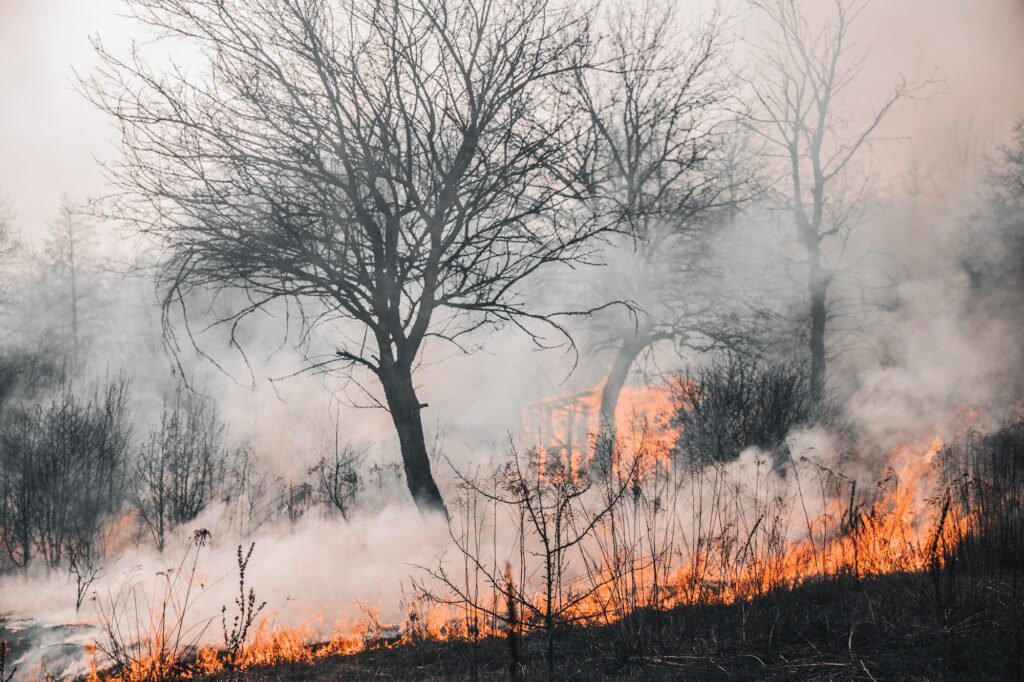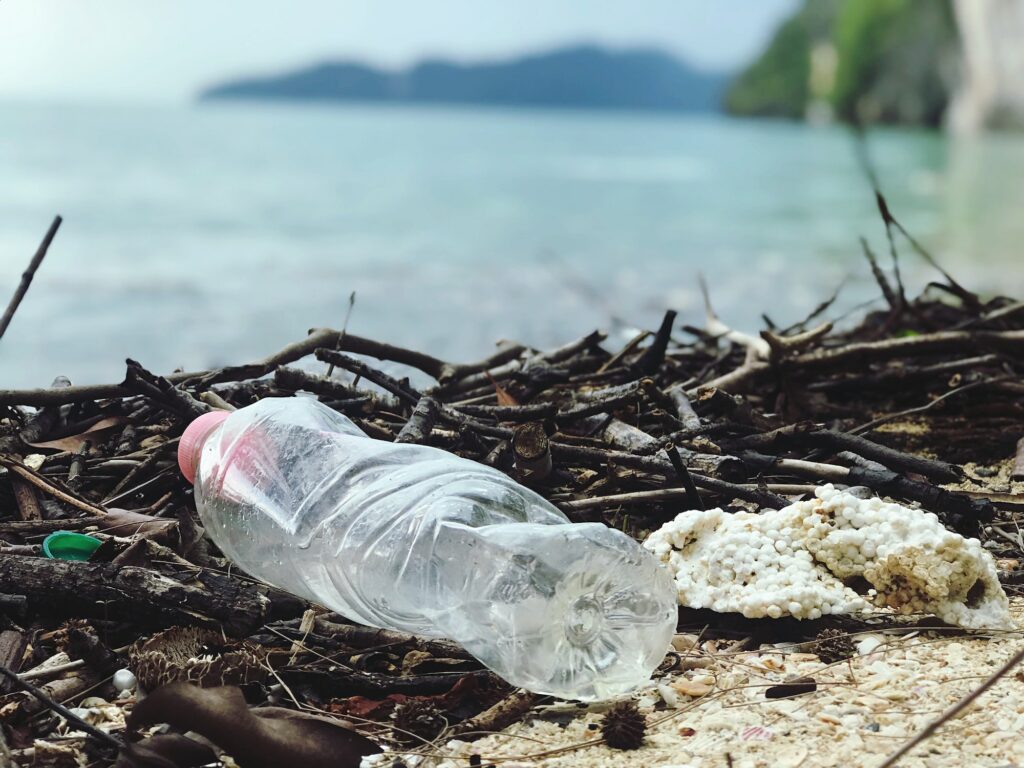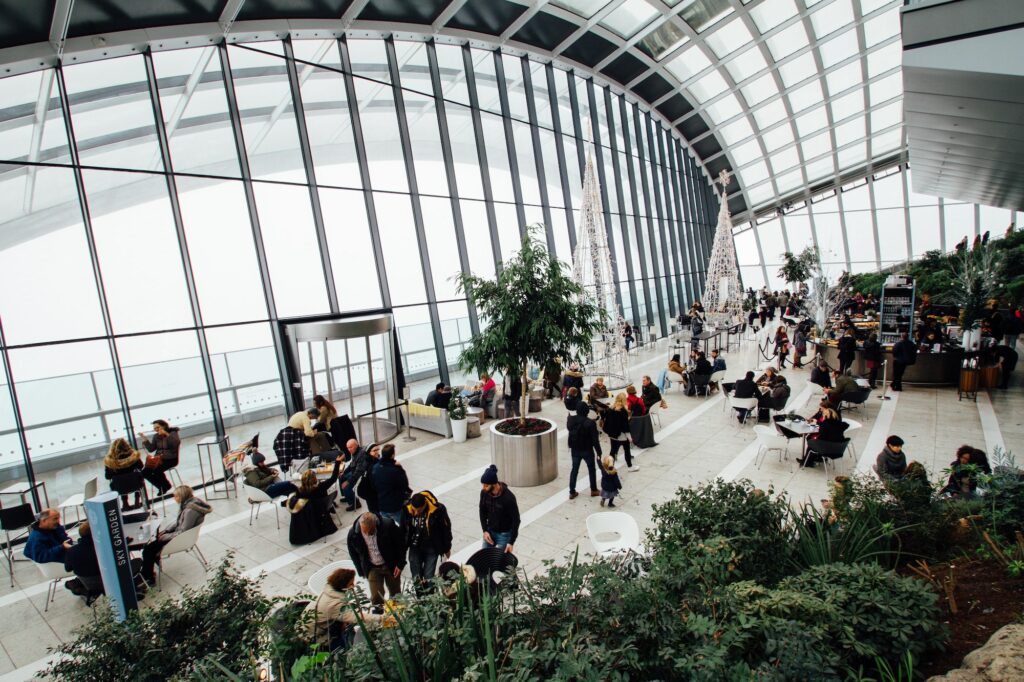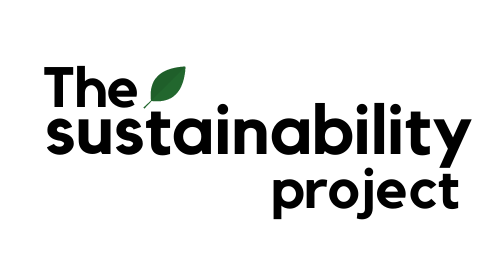Petrichor: The scent produced when rain falls in dry soil.
Growing up on this hot sunny island, the rain always brings a slight tinge of joy to me. Every time it rains, without fail, it will be time to brew a cup of tea and enjoy the snuggly weather.
But recently as I enjoy the rain in the comfort of my home, there is a piece of disturbing news that keeps appearing on my feed. Yes, you probably guessed it right – flash floods.
According to Today Online, the highest daily total rainfall occurred on the 24th of August 2021 at Mandai and Bukit Panjang, reaching 239.8 mm and 226.2 mm, respectively. This surpasses the existing highest record of daily total rainfall of 181.8 mm that occurred in the year 1983.
Are flash floods a symptom of climate change? Are we prepared for our next heavy rainfall and associated mishaps? And is there anything that one could contribute towards taking care of the environment? Well, read on to find out more!

Image credit: SG Road Vigilante
The Whole World Is Affected, So Is Singapore
Did you know that on average, a disaster-related to weather or water hazard occurred almost every day of the year? Here are some other occurrences of floods in the world:
– In July 2021, several European countries have been affected by floods with at least 242 people died in the floods
– In August 2021 heavy rains and flash floods in Srilanka displaced more than 1500 people, while 25 000 people were displaced a month before as well from floods.
– Flooding in the state of Bihar India lasted for 10 days with 250,000 people were affected
– Over 80,000 people were evacuated from their homes in Sichuan province China in response to the flood that occurred in August 2021.
Not only is Singapore experiencing flash floods, but other parts of the world also face it as a challenge too. The collaboration of government bodies and NGOs play a pivotal role in bringing things back to normal after such flash flood occurrences.
How Are Flash Floods Related to Climate Change?
In fact, flash floods are not just the result of a rainfall-runoff, but it has additional human-induced factors that create the watershed such as urbanization, land use and population growth.
Debris, plastics and various pollutants including bacteria, chemical reagents and pesticides easily diffuse in floodwater, reducing the water quality.
Environmental science experts warn that Singapore could expect more erratic weather to occur in future.

Global warming and the associated increase in temperature is commonly linked to intense ‘precipitation’ extremes around the world. Precipitation is an important cause of flash flooding.
Scientifically speaking, ‘precipitation’, is a product of condensation of atmospheric water vapour that falls under gravitational pull from the clouds. What that means, is that the amount of water that evaporates into the air increases as the natural water reservoirs get warmer.
Warmer atmosphere thus holds more water. And higher moisture laden air circulates over the land, which ultimately translates to heavy storms and rains.
Another major issue is the ‘atmospheric pollution effect’ towards flash flood occurrence. This is due to the high amount of aerosols, toxic vapours and chemicals that is distributed throughout the air and environment.
Are these pollutants man-made? The answer is YES. These are human creations that occurred in the forms of cosmetics, electronics, detergents and consumables. Overall, it reduces the quality of air.
Forest fires or additional industrial fires that occur in neighbouring countries reduce the air quality. Many of these factors contribute to the amount and frequency of flash floods.
The Lesser Known Relationship Between Flash Floods and Plastic

After flooding, the plastics move from one place to another due to the forces experienced during heavy floods. Such high discharge of plastics from one location to another is called ‘plastic remobilisation’. A ten-fold increase in plastic mobilisation occurs during less severe floods! One can only imagine the impact that heavy floods can cause.
Moreover, plastics in smaller dimensions can clog the drainage and raise the risk of flooding in urban cities. Creating a buffer zone between the water reservoirs and floodplain can help to retain or collect the mobilised plastic, facilitating clean-up and further reducing the mobilization of waste.
Role of Urbanisation in Floods

Deforestation is a human intervention that is responsible for floods. Without enough trees, atmospheric precipitation increases and it reduces the water flow over the landscape. And with sudden rains, the chances of flooding increase.
Singapore is a garden city, with plenty of plants grown and nurtured throughout the entire nation. There exists an interrelationship between land and water resource management. Thus the conversion of land use for urbanization purposes affects the downstream hydrology and environment. Continuous engagement of land for housing and industry needs, as part of the economic growth of the city, has a negative impact on watershed formation.
What Can You Do?
Here are some small steps you can take to help combat this issue:
- Make small changes to your lifestyle aiming for a sustainable lifestyle.
- Reduce usage of single-use plastics such as plastic bottles, packaging materials etc. Carry a reusable plastic bottle or container box around whenever you can.
- Join a sustainability volunteering group for beach clean-ups, or help improve sustainability education
Read more: 3 Ways to Reduce Waste in Your Cosmetics Routine
Following sustainable practices like planting more trees, having large canopy covers, using chemical free cosmetics and adopting a few of the above-given methods could be a holistic approach to tackle flood and related issues. Little changes can go a long way, and collectively we can reduce the amount of plastic waste created in the coming years, making this earth a safe place to live.

